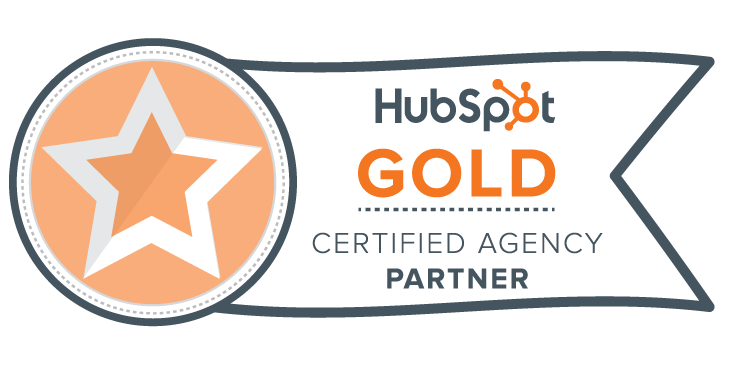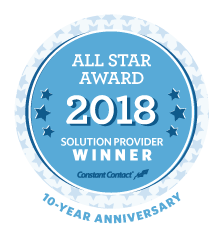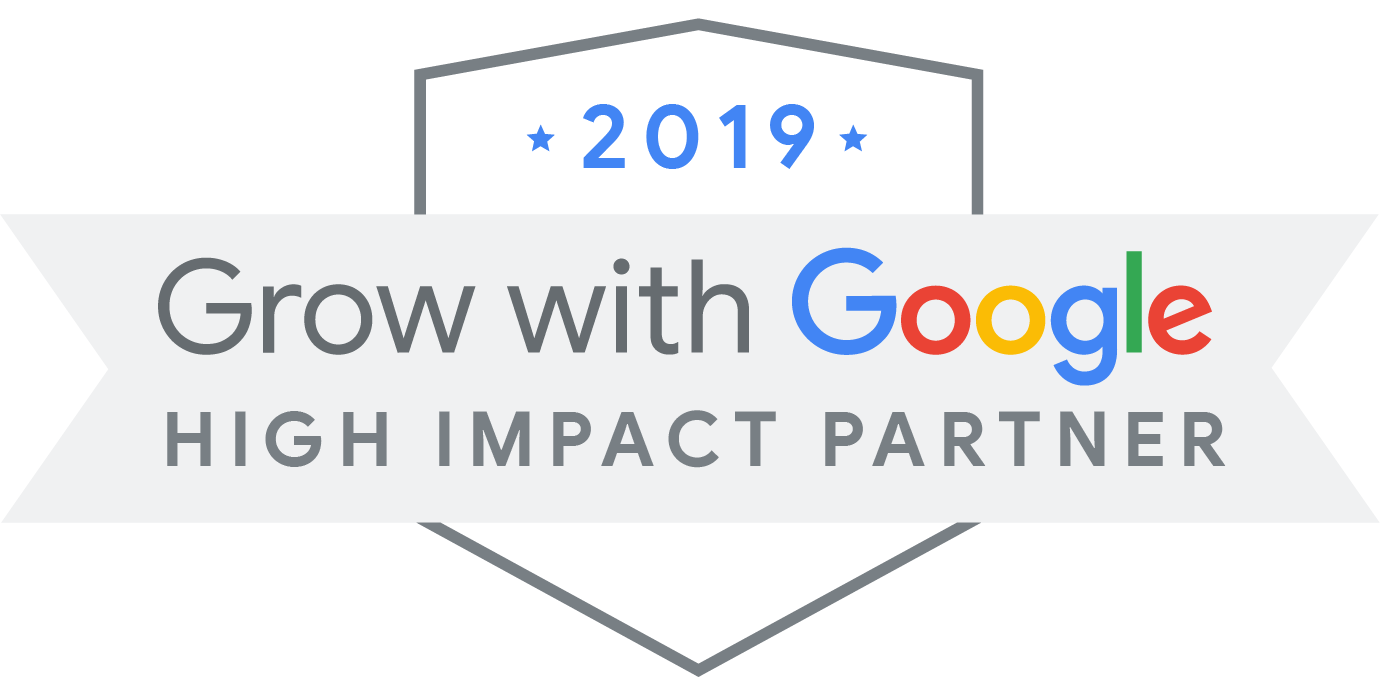
In the days of print marketing, marketing efforts were broad paint strokes. You sent your fliers to as many mailboxes as you could, knowing a small percentage would actually reach out to you. Marketing wasn’t tailored to different buyers, it was general to appeal to as many people as possible.
Today’s consumers expect a different kind of process. Now, buyers do most of their own research online. They expect answers that speak to their specific needs. That self-motivated behavior is called the buyer’s journey. Marketers can use this information to create targeted content aimed at attracting customers at each step of their own personal journey.
What is the Buyer’s Journey?
As defined by HubSpot, the buyer’s journey follows 3 key steps:
- Awareness Stage: The buyer realizes they have a problem.
- Consideration Stage: The buyer defines their problem and researches options to solve it.
- Decision Stage: The buyer chooses a solution.
Whatever product or service your buyer needs, they generally have the same motivations at each stage:

How to Define Your Company’s Buyer Journey
While the stages of the buyer’s journey are fairly universal, the specific questions and feelings of your buyer will depend on your business. Once you’ve developed some personas, you can use your research to build buyers journeys for each of them.
HubSpot has defined the questions you need to ask at each stage of the buyer’s journey:
Awareness Stage
During the Awareness stage, buyers identify their challenge or an opportunity they want to pursue. They also decide whether or not the goal or challenge should be a priority. In order to fully understand the Awareness stage for your buyer, ask yourself:
- How do buyers describe their goals or challenges?
- How do buyers educate themselves on these goals or challenges?
- What are the consequences of inaction by the buyer?
- Are there common misconceptions buyers have about addressing the goal or challenge?
- How do buyers decide whether the goal or challenge should be prioritized?
Consideration Stage
During the Consideration stage, buyers have clearly defined the goal or challenge and have committed to addressing it. They evaluate the different approaches or methods available to pursue the goal or solve their challenge. Ask yourself:
- What categories of solutions do buyers investigate?
- How do buyers educate themselves on the various categories?
- How do buyers perceive the pros and cons of each category?
- How do buyers decide which category is right for them?
Decision Stage
In the Decision stage, buyers have already decided on a solution category. For example, they could write a pro/con list of specific offerings and then decide on the one that best meets their needs. Questions you should ask yourself to define the Decision stage are:
- What criteria do buyers use to evaluate the available offerings?
- When buyers investigate your company’s offering, what do they like about it compared to alternatives? What concerns do they have with your offering?
- Who needs to be involved in the decision? For each person involved, how does their perspective on the decision differ?
- Do buyers have expectations around trying the offering before they purchase it?
- Outside of purchasing, do buyers need to make additional preparations, such as implementation plans or training strategies?
Once you’ve defined your buyer’s journey, it’s time to use it to inform your flywheel and inbound marketing strategy.
* * *
Define Your Buyer’s Journey Through the Flywheel
The sales funnel is dead – long live the flywheel! Answer a few questions for us and we’ll meet with you to assess the friction points in your flywheel, and help you find ways to make it spin faster. This gives you the ability to Attract more prospects, Engage your customers and Delight your promoters to keep them coming back for more.
Need a new digital marketing or web design plan? We are a Minneapolis SEO, digital marketing, social media marketing, web design and HubSpot inbound marketing agency. We’re located just outside of Minneapolis. Stop on by and get started – and while you’re here, pick up a free honey stick (yes, we love our bee-related theme).
 Get Started
Get Started Support
Support Call us
Call us Email Us
Email Us



